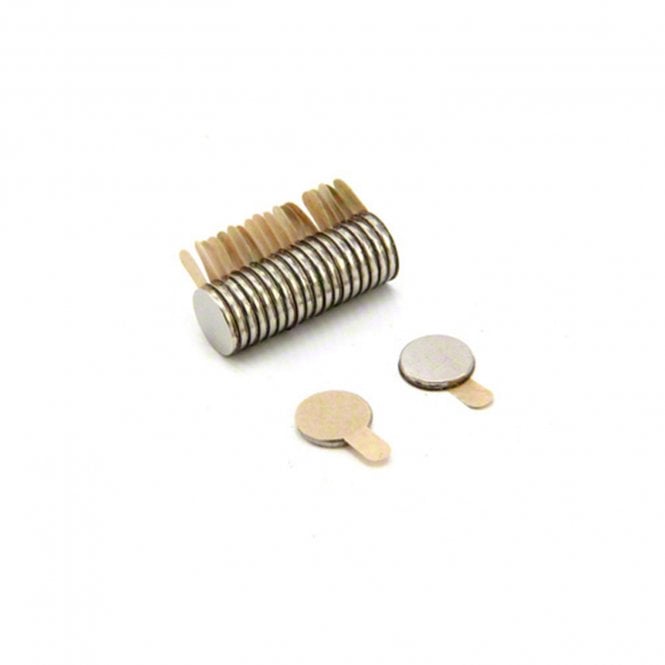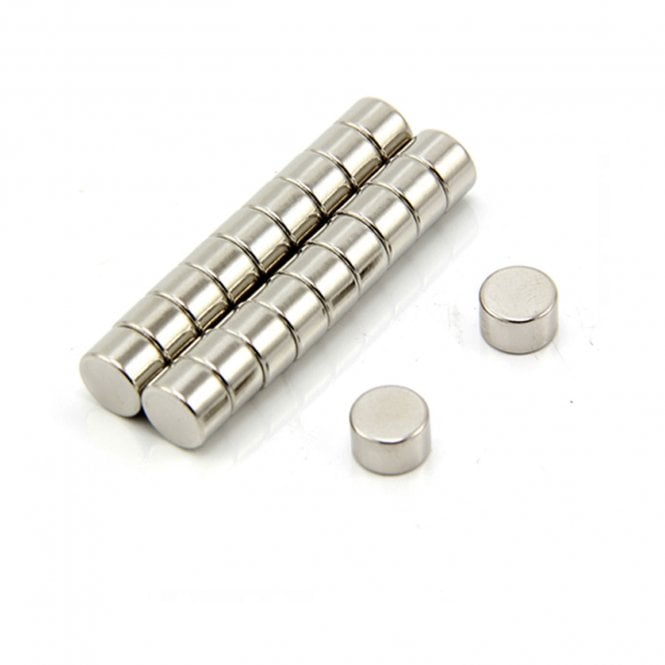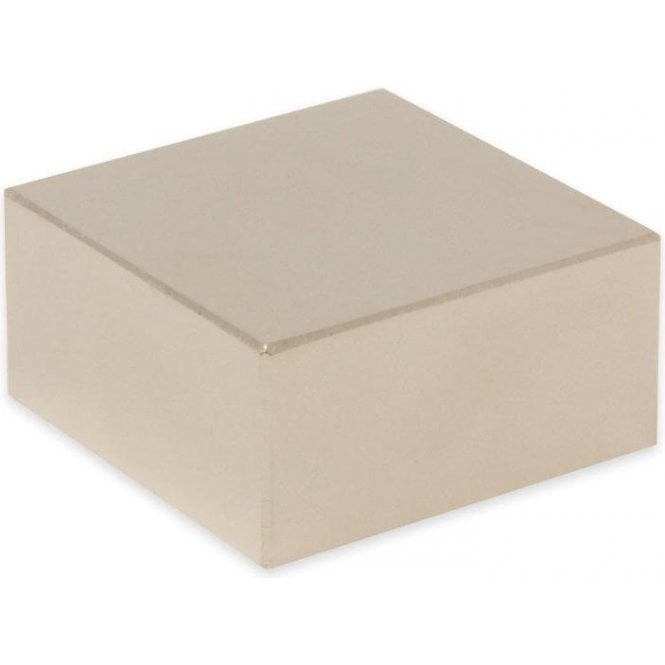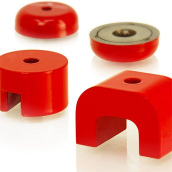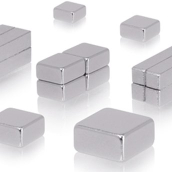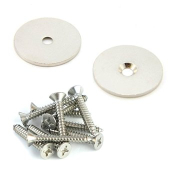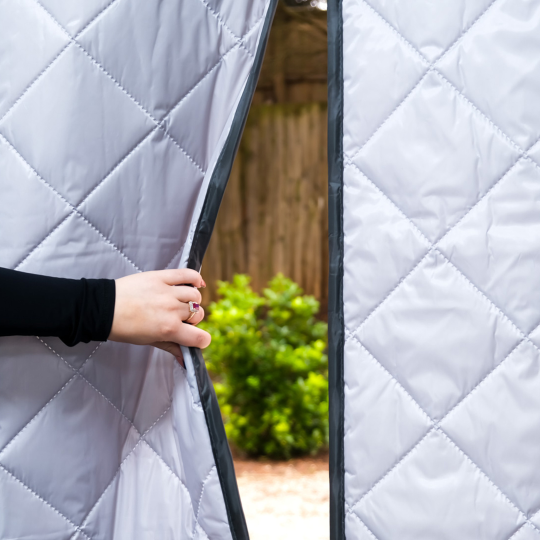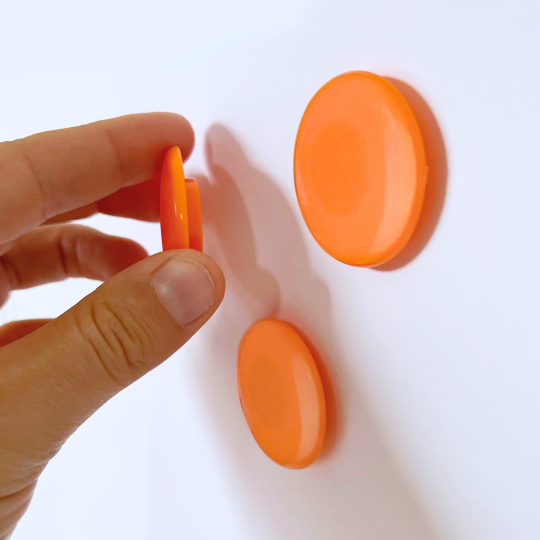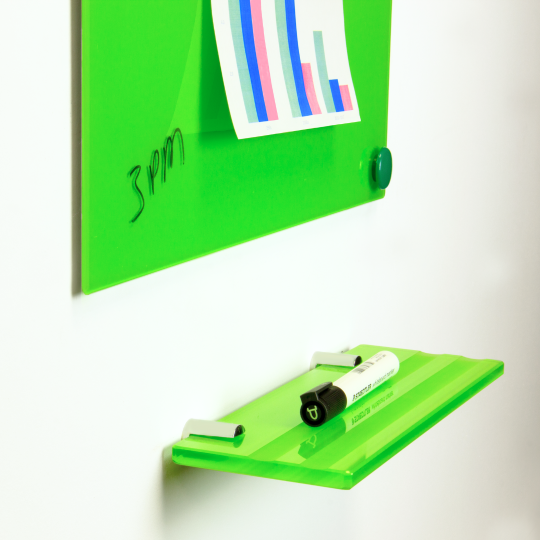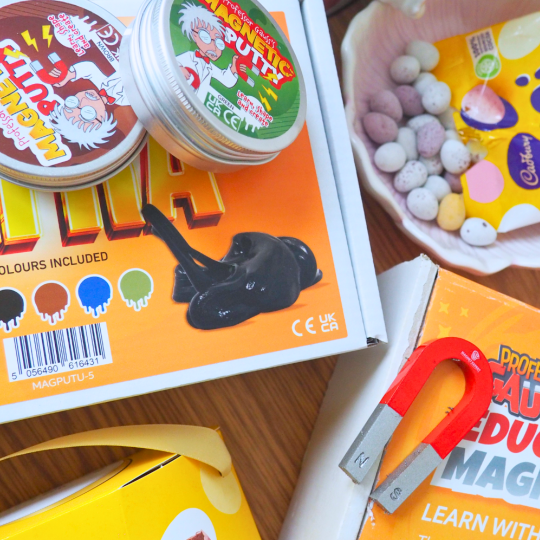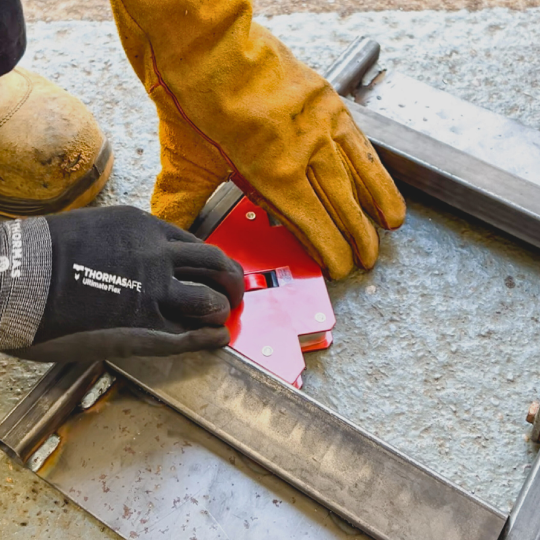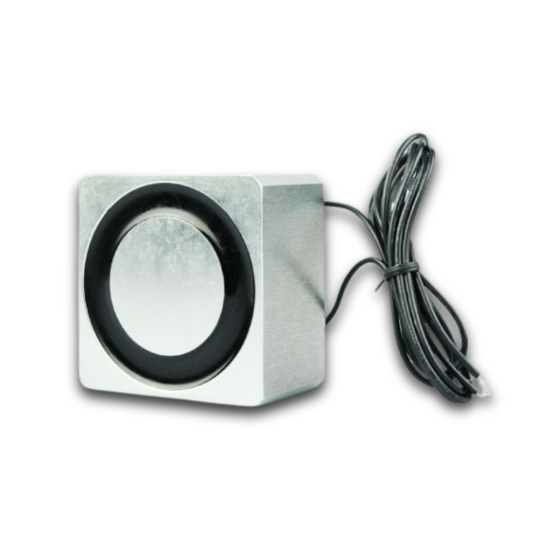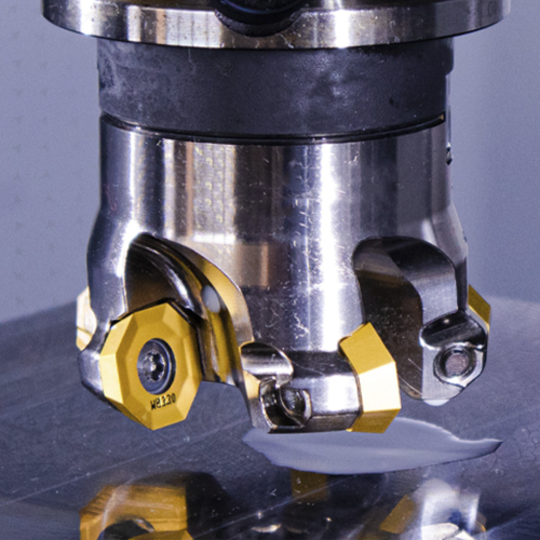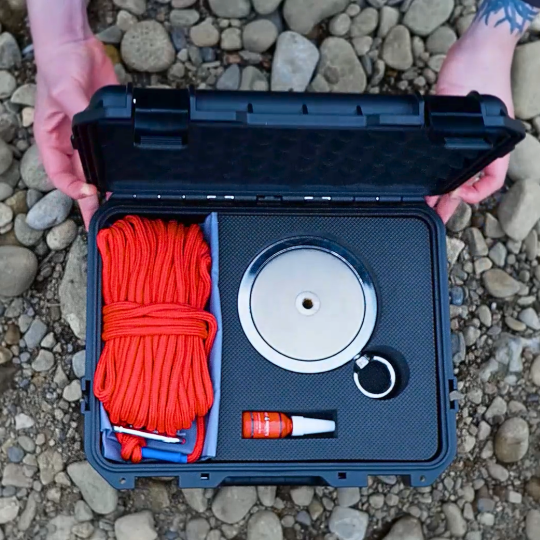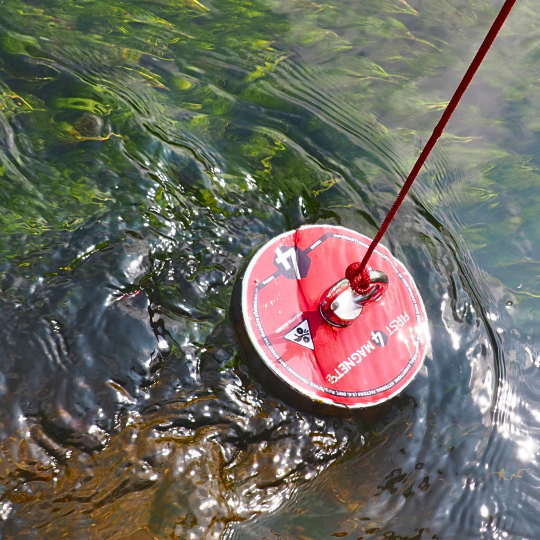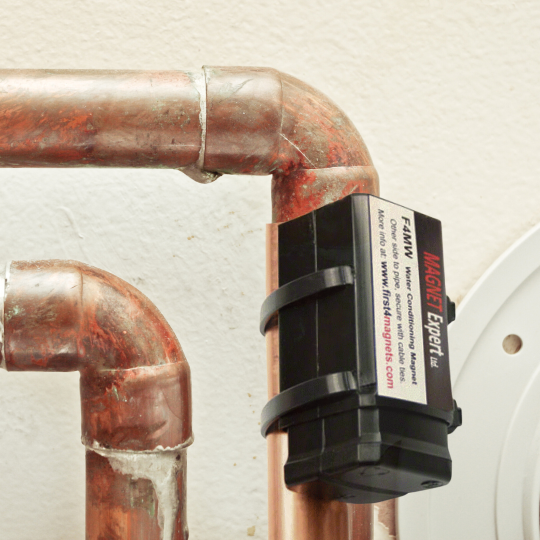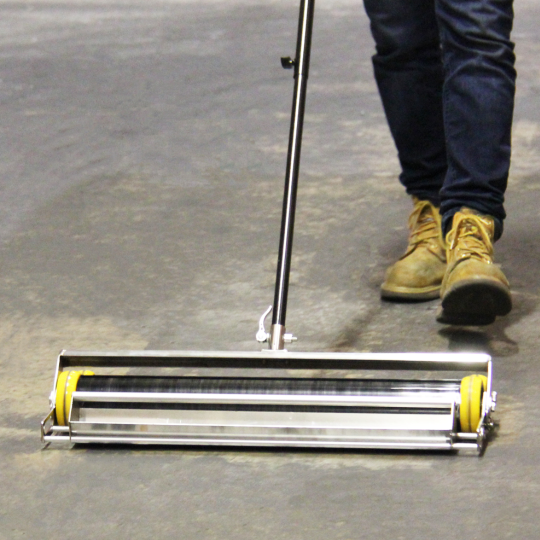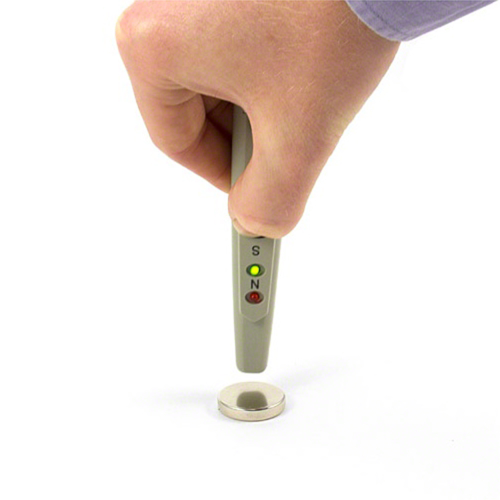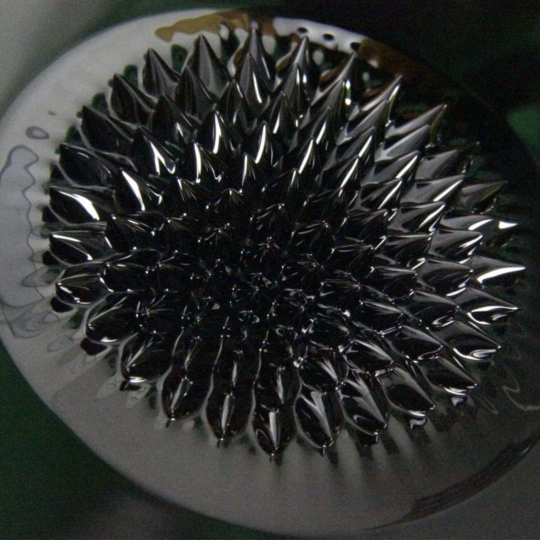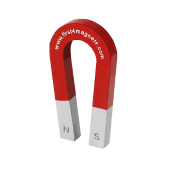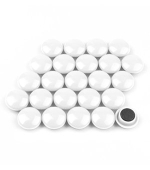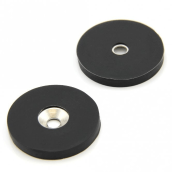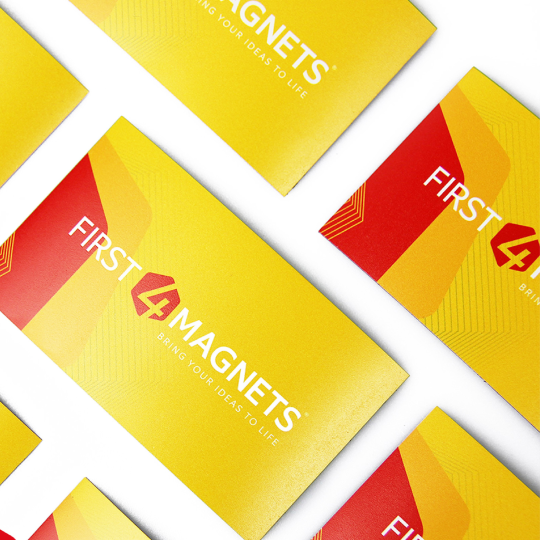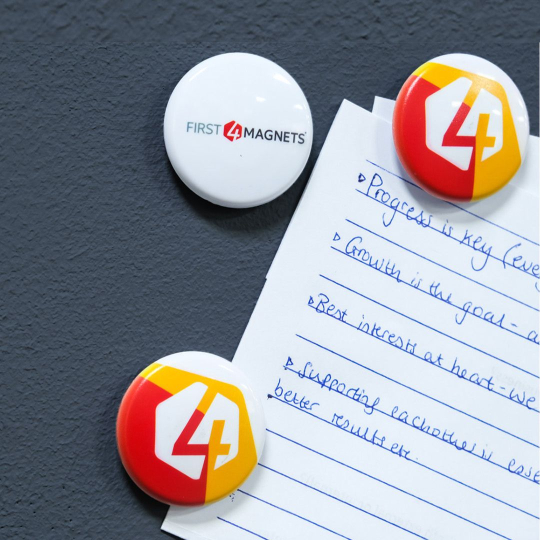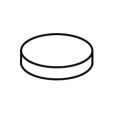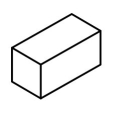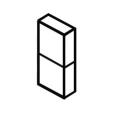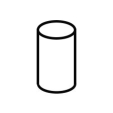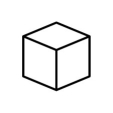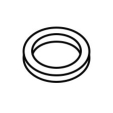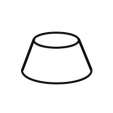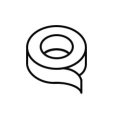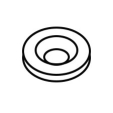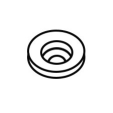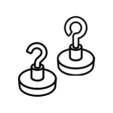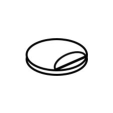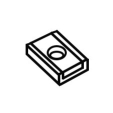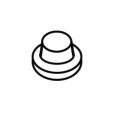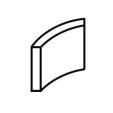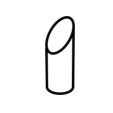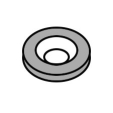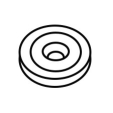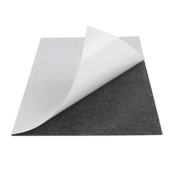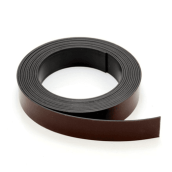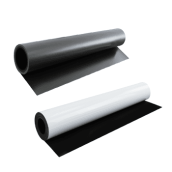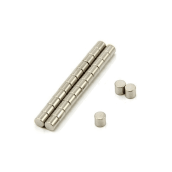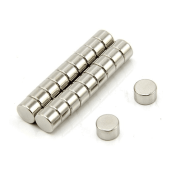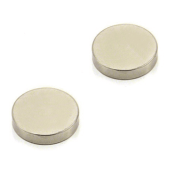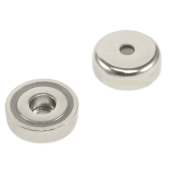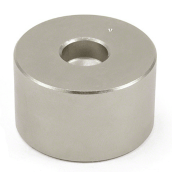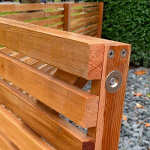Grades Of Neodymium Magnets
Confused by what all the different letters and number in a grade’s name mean? Here, we will explain the difference in grades of neodymium magnets:
It all starts with the letter ‘N’, all the names of neodymium magnets begin with ‘N’ for neodymium. The number that follows is a little more technical as this represents the maximum energy product of the magnet in ‘Mega-Gauss Oersteds’ (MGOe). This is the primary indicator of a magnets ‘strength’. Simply, the higher the maximum energy product value, the greater the magnetic field the magnet will generate in a particular application.
The grades generally available to buy, range from N30 to N52 as lower grades are generally no longer manufactured.
At first4magnets.com, we do not compromise on quality and the majority of our magnets are grade N42 or above, making them 20% more magnetic than many cheaper N35 grade neodymium magnets. N42 grade offers a high performance at an economical price. Grades above N42 tend to be more expensive and the rise in price can be disproportionate to the increase in performance. An example is N52 grade which is 20% more powerful than N42 grade and yet can be twice the price.
Higher grades should be used where the highest performance is needed and the available space for the magnet is limited and cannot be increased. Otherwise it would be more beneficial to use two N42 magnets instead of one N52 magnet.
At times, you may also see one or two letters tagged onto the end of a grade. These letters determine the temperature rating and represent the maximum operating temperature the magnet can withstand before it begins to lose its magnetism permanently. These ratings should always be treated as a guide value as other factors such as size and shape also have an impact on the performance of a magnet at high temperatures. For more information, go to the ‘How does temperature affect neodymium magnets’ page.
Neodymium magnets grades and their magnetic properties.
| Grade | Remanence Br mT (kGs) | Coercive Force Hcb | Intrinsic Coercive Force Hcj kA/m (kOe) | Max. energy product ( BH ) max kJ/m3 (MGOe) | Max. Operating Temperature TW |
| N35 | 1170-1220 (11.7-12.2) |
≥ 868 ( ≥ 10.9) |
≥ 955 ( ≥ 12) |
263-287 (33-36) |
80 ℃ |
| N38 | 1220-1250 (12.2-12.5) |
≥ 899 ( ≥ 11.3) |
≥ 955 ( ≥ 12) |
287-310 (36-39) |
80 ℃ |
| N40 | 1250-1280 (12.5-12.8) |
≥ 907 ( ≥ 11.4) |
≥ 955 ( ≥ 12) |
302-326 (38-41) |
80 ℃ |
| N42 | 1280-1320 (12.8-13.2) |
≥ 915 ( ≥ 11.5) |
≥ 955 ( ≥ 12) |
318-342 (40-43) |
80 ℃ |
| N48 | 1380-1420 (13.8-14.2) |
≥ 923 ( ≥ 11.6) |
≥ 955 ( ≥ 12) |
366-390 (46-49) |
80 ℃ |
| N50 | 1400-1450 (14.0-14.5) |
≥ 796 ( ≥ 10.0) |
≥ 876 ( ≥ 11) |
382-406 (48-51) |
80 ℃ |
| N52 | 1430-1480 (14.3-14.8) |
≥ 796 ( ≥ 10.0) |
≥ 876 ( ≥ 11) |
398-422 (50-53) |
80 ℃ |
| 33M | 1130-1170 (11.3-11.7) |
≥ 836 ( ≥ 10.5) |
≥ 1114 ( ≥ 14) |
247-263 (31-33) |
100 ℃ |
| 35M | 1170-1220 (11.7-12.2) |
≥ 868 ( ≥ 10.9) |
≥ 1114 ( ≥ 14) |
263-287 (33-36) |
100 ℃ |
| 38M | 1220-1250 (12.2-12.5) |
≥ 899 ( ≥ 11.3) |
≥ 1114 ( ≥ 14) |
287-310 (36-39) |
100 ℃ |
| 40M | 1250-1280 (12.5-12.8) |
≥ 923 ( ≥ 11.6) |
≥ 1114 ( ≥ 14) |
302-326 (38-41) |
100 ℃ |
| 42M | 1280-1320 (12.8-13.2) |
≥ 955 ( ≥ 12.0) |
≥ 1114 ( ≥ 14) |
318-342 (40-43) |
100 ℃ |
| 45M | 1320-1380 (13.2-13.8) |
≥ 995 ( ≥ 12.5) |
≥ 1114 ( ≥ 14) |
342-366 (43-46) |
100 ℃ |
| 48M | 1360-1430 (13.6-14.3) |
≥ 1027 ( ≥ 12.9) |
≥ 1114 ( ≥ 14) |
366-390 (46-49) |
100 ℃ |
| 50M | 1400-1450 (14.0-14.5) |
≥ 1033 ( ≥ 13.0) |
≥ 1114 ( ≥ 14) |
382-406 (48-51) |
100 ℃ |
| 35H | 1170-1220 (11.7-12.2) |
≥ 868 ( ≥ 10.9) |
≥ 1353 ( ≥ 17) |
263-287 (33-36) |
120 ℃ |
| 38H | 1220-1250 (12.2-12.5) |
≥ 899 ( ≥ 11.3) |
≥ 1353 ( ≥ 17) |
287-310 (36-39) |
120 ℃ |
| 40H | 1250-1280 (12.5-12.8) |
≥ 923 ( ≥ 11.6) |
≥ 1353 ( ≥ 17) |
302-326 (38-41) |
120 ℃ |
| 42H | 1280-1320 (12.8-13.2) |
≥ 955 ( ≥ 12.0) |
≥ 1353 ( ≥ 17) |
318-342 (40-43) |
120 ℃ |
| 45H | 1320-1360 (13.2-13.6) |
≥ 963 ( ≥ 12.1) |
≥ 1353 ( ≥ 17) |
342-366 (43-46) |
120 ℃ |
| 48H | 1370-1430 (13.7-14.3) |
≥ 995 ( ≥ 12.5) |
≥ 1353 ( ≥ 17) |
366-390 (46-49) |
120 ℃ |
| 35SH | 1170-1220 (11.7-12.2) |
≥ 876 ( ≥ 11.0) |
≥ 1592 ( ≥ 20) |
263-287 (33-36) |
150 ℃ |
| 38SH | 1220-1250 (12.2-12.5) |
≥ 907 ( ≥ 11.4) |
≥ 1592 ( ≥ 20) |
287-310 (36-39) |
150 ℃ |
| 40SH | 1240-1280 (12.5-12.8) |
≥ 939 ( ≥ 11.8) |
≥ 1592 ( ≥ 20) |
302-326 (38-41) |
150 ℃ |
| 45SH | 1320-1380 (13.2-13.8) |
≥ 1003 ( ≥ 12.6) |
≥ 1592 ( ≥ 20) |
342-366 (43-46) |
150 ℃ |
| 28UH | 1020-1080 (10.2-10.8) |
≥ 764 ( ≥ 9.6) |
≥ 1990 ( ≥ 25) |
207-231 (26-29) |
180 ℃ |
| 30UH | 1080-1130 (10.8-11.3) |
≥ 812 ( ≥ 10.2) |
≥ 1990 ( ≥ 25) |
223-247 (28-31) |
180 ℃ |
| 33UH | 1130-1170 (11.3-11.7) |
≥ 852 ( ≥ 10.7) |
≥ 1990 ( ≥ 25) |
247-271 (31-34) |
180 ℃ |
| 35UH | 1180-1220 (11.8-12.2) |
≥ 860 ( ≥ 10.8) |
≥ 1990 ( ≥ 25) |
263-287 (33-36) |
180 ℃ |
| 38UH | 1220-1250 (12.2-12.5) |
≥ 876 ( ≥ 11.0) |
≥ 1990 ( ≥ 25) |
287-310 (36-39) |
180 ℃ |
| 40UH | 1240-1280 (12.5-12.8) |
≥ 899 ( ≥ 11.3) |
≥ 1990 ( ≥ 25) |
302-326 (38-41) |
180 ℃ |
| 28EH | 1040-1090 (10.4-10.9) |
≥ 780 ( ≥ 9.8) |
≥ 2388 ( ≥ 30) |
207-231 (26-29) |
200 ℃ |
| 30EH | 1080-1130 (10.8-11.3) |
≥ 812 ( ≥ 10.2) |
≥ 2388 ( ≥ 30) |
223-247 (28-31) |
200 ℃ |
| 33EH | 1130-1170 (11.3-11.7) |
≥ 876 ( ≥ 10.5) |
≥ 2388 ( ≥ 30) |
247-271 (31-34) |
200 ℃ |
| 35EH | 1170-1220 (11.7-12.2) |
≥ 876 ( ≥ 11.0) |
≥ 2388 ( ≥ 30) |
263-287 (33-36) |
200 ℃ |
| 38EH | 1220-1250 (12.2-12.5) |
≥ 899 ( ≥ 11.3) |
≥ 2388 ( ≥ 30) |
287-310 (36-39) |
200 ℃ |
| 28AH | 1040-1090 (10.4-10.9) |
≥ 787 ( ≥ 9.9) |
≥ 2624 ( ≥ 33) |
207-231 (26-29) |
230 ℃ |
| 30AH | 1080-1130 (10.8-11.3) |
≥ 819 ( ≥ 10.3) |
≥ 2624 ( ≥ 33) |
223-247 (28-31) |
230 ℃ |
| 33AH | 1130-1170 (11.3-11.7) |
≥ 843 ( ≥ 10.6) |
≥ 2624 ( ≥ 33) |
247-271 (31-34) |
230 ℃ |
How to buy Neodymium Magnets
